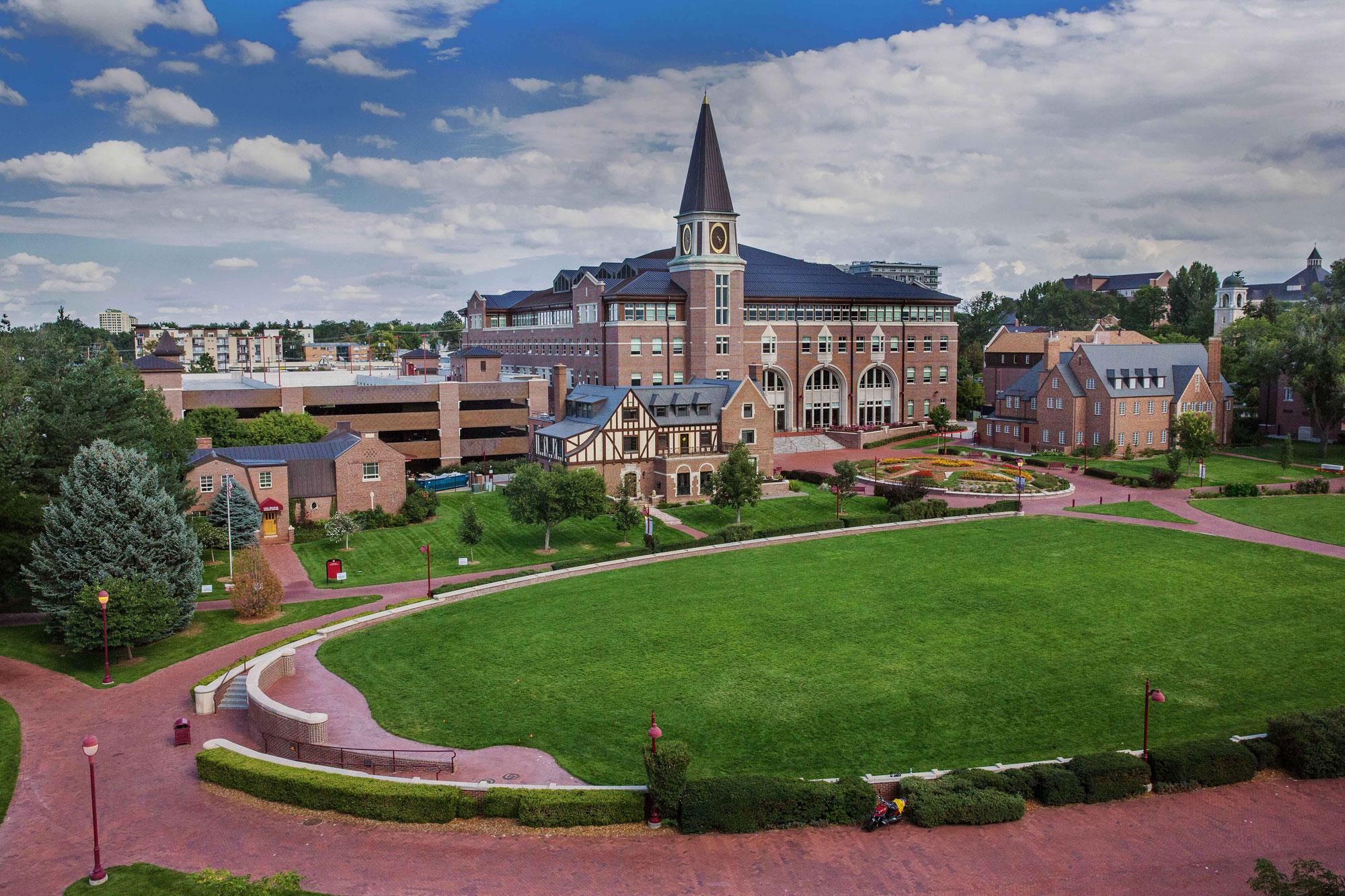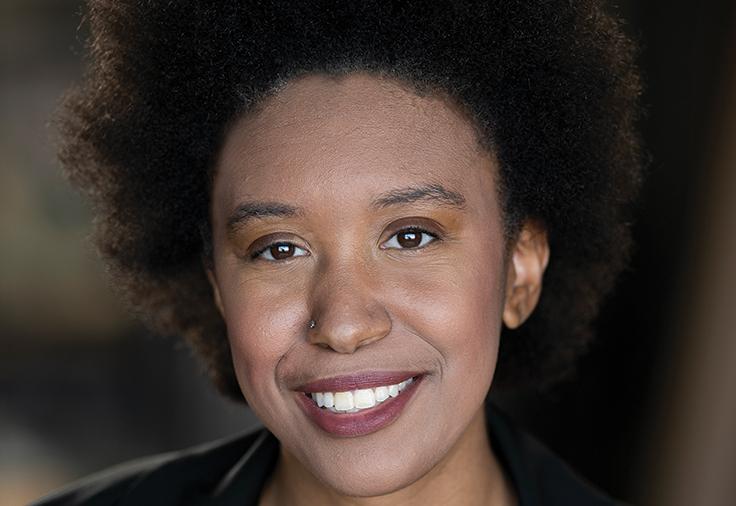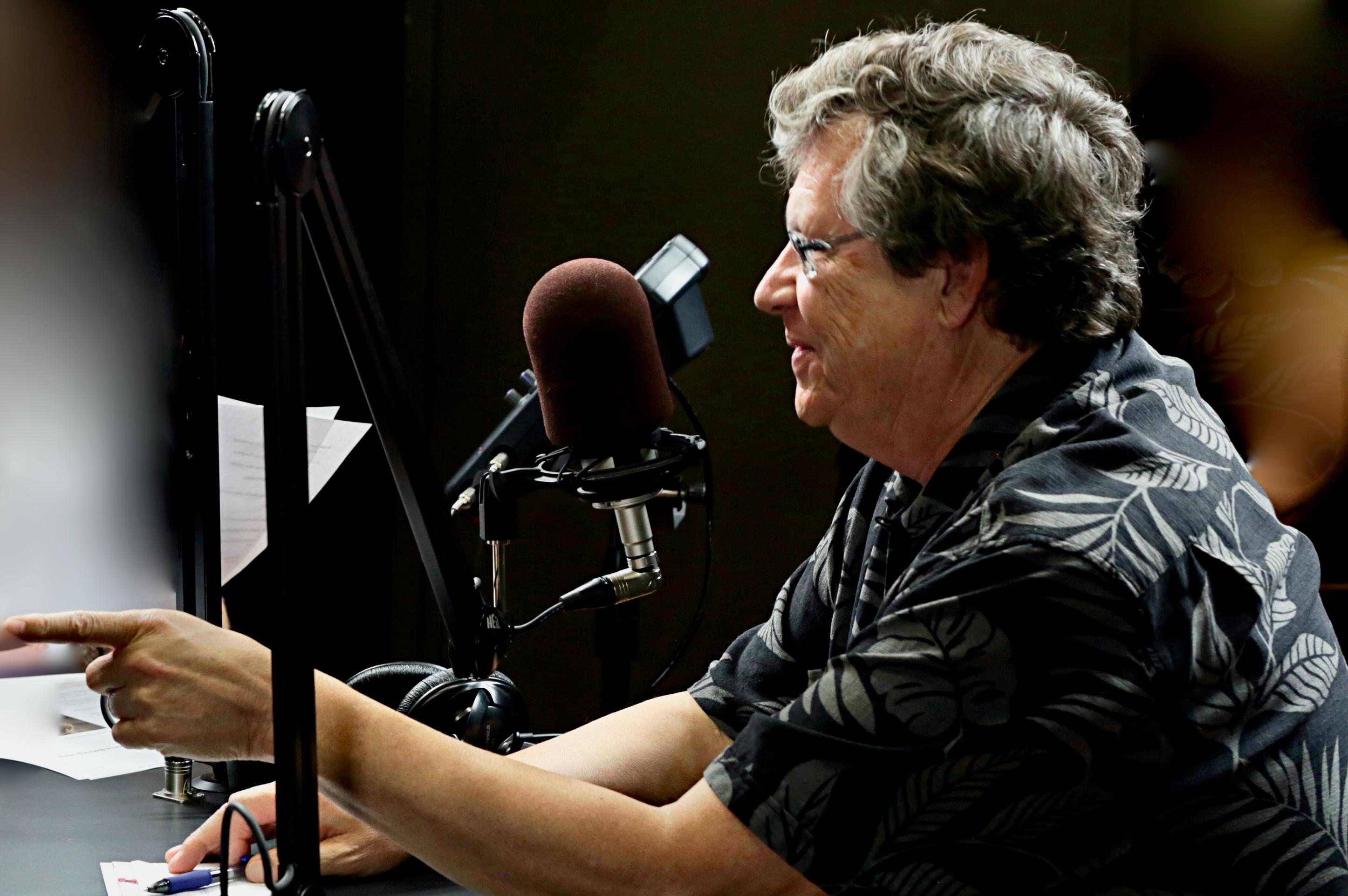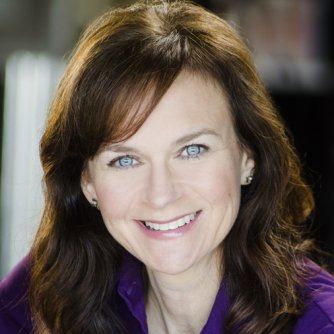
Kirsten Toft is a senior at the University of Denver. As a full-time student, she has two jobs and works at an unpaid internship.
But she has to rely on her school’s food pantry and can barely afford what she’s doing.
“I need to get by,” she said. “I need rent, pay my bills.”
Sometimes her family will help her out, but it’s rare -- her mother has helped with rent about four times in the last two years. She describes her parents as “not the wealthiest” and has a younger brother who’s also in school.
Toft isn’t alone. College students all around the country are struggling to find their next meal or a place to sleep at night. April Lewandowski asked Colorado Wonders about it.

“There has been a lot of buzz about how college students struggle with food insecurity and homelessness,” Lewandowski said. “How do Colorado students fare?”
Struggling Students
The Hope Center for College, Community, and Justice at Temple University released a report this month that focused on food and housing insecurity among Denver schools: Community College of Denver, Metropolitan State University of Denver, University of Colorado at Denver, and University of Denver.
Of the 3,000 students who participated in the study, 40 percent were “food insecure” within the last month. In the last year, more than half were “housing insecure” and 18 percent were homeless. And 66 percent experienced some kind of variation of insecurity in the past year.
The report defined food insecurity as limited or uncertain availability of nutritional food, or the ability to get such foods in a socially acceptable manner. And housing insecurity can mean the inability to pay rent, utilities, the need to move frequently, or staying with various friends or family temporarily.
Yet, of the two-thirds of students who experienced some form of need, only 12 percent used SNAP -- food stamps -- and 7 percent used housing benefits.
To answer Lewandowski’s question, compared to the national average, Denver-area schools are doing just slightly better, but students in the metro area -- and the rest of the U.S. -- still face tough times. The national report said 45 percent of students are food insecure, 56 percent have been housing insecure in the last year, and 17 percent were homeless.
There isn’t enough data yet to determine where Colorado ranks among the other colleges surveyed in the national study. Still, colleges and politicians are trying to find ways to help Colorado students who may be struggling.
Solutions On Campus
The statistics don’t paint a rosy picture, but a lot of community colleges and four-year universities recognize the issue and provide some services. Many of them have food pantries on campus for students such as DU’s Toft.
But sometimes even that isn’t enough.
Lately, according to Toft, the pantry on campus hasn’t been as well-stocked as it has in the past.
DUr’s food pantry also doesn’t often carry fresh produce or other foods with a short shelf life. . She goes to other community centers to find some food. Sometimes, she still has to go to the grocery store for staples like bread and milk.
Professor Kimi Kelley tried to get a food pantry started at Otero Junior College in southeast Colorado but quickly discovered it was difficult to get approved. In the meantime, she has a shelf with food outside her office for students.
“I’ve never seen anyone pick any food off,” she said. “I suspect students do it when no one is here. Food usually only stays on the shelf for about a day before I have to replenish.”
Another hurdle is that some students aren’t comfortable explaining that they’re struggling, according to Vanessa Coca, the assistant director of research with the Hope Center.
Toft was never vocal about not having enough to eat but used the food pantry as soon as it opened two years ago.
“I only really tell professors and advisers [I’m struggling]” if it becomes really apparent,” Toft said. “There will be times I won’t be sleeping enough and I’ll sleep through class. I’ve accidentally had a mental breakdown in class. Otherwise, I don’t.”
Coca said although food pantries are good, it’s only a first step.
She said the other things colleges can do include appointing a director of student wellness or a person, especially for students experiencing homelessness. She also encourages partnerships with community organizations or private businesses.
For example, The Action Center and Red Rocks Community College announced earlier this month that they are collaborating to re-open a homeless shelter. Also, Pikes Peak Community College has a partnership with United Way 2-1-1, providing peer navigators -- students who can provide counseling and referrals.
As far as appointing a single point of contact, Colorado is doing that.
There is the The McKinney-Vento Homeless Assistance Act, a federal law that is supposed to remove barriers that children and youth experiencing homelessness can face in the education system. For instance, homeless youth can still be enrolled in school without proof of a permanent address. Each Colorado community college and four-year university, public or private, has a designated staff member known as the McKinney-Vento Single Point of Contact to answer all questions related to housing.
Students may be eligible for additional financial aid under this act if they have no financial support from their parents. The students must be in the following situations to be considered:
- In a shelter, motel, vehicle or campground.
- On the street or in an abandoned building
- Doubled-up temporarily with other people because they have nowhere else to live.
- Supporting themselves, but at risk of losing housing.
- In the dorm, but with nowhere else to live during school breaks when dorms close.
Coca doesn’t think that this problem is the sole responsibility of colleges, but if colleges are worried about completion, it is in their best interest to support its students.
“Having students worry about where they are getting their next meal, having students worrying about having a roof over their head, or their children’s head, that causes a great deal of stress on students’ lives.” Coca said. “So in comparison to thinking about your coursework, those sort pales in comparison to trying to survive the day to day.”
Some students are able to apply for food stamps. The Community College of Aurora outlines eligibility online. The Community College of Denver will refer students to need-based housing assistance and scholarships.
Some Colorado schools don’t have specific housing initiatives but will give additional financial aid to students to supplement that cost. Other schools have an emergency fund that students can apply for like Metropolitan State University, Colorado School of Mines and University of Colorado at Colorado Springs.
Solutions On The State Level
While colleges are trying to help, Colorado lawmakers are also searching for solutions to make college more affordable and accessible.
There’s a committee that is having ongoing conversations on what to do.
Earlier this month, colleges across the state were invited to provide testimony to the Making Higher Education Attainable Interim Committee.
Metro State President Janine Davidson said the problem isn’t that college is becoming more costly -- it’s who’s on the hook for the cost.
“Why is tuition going up so much?” Davidson said. “It’s not necessarily because the costs are going up. It’s who is required to pay for these costs.”
According to state Sen. Tammy Story, the chairwoman of the committee, the state covered two-thirds of the cost of higher education in the year 2000. By 2011, that amount dropped to one-third.
Story hopes that more money will come from Proposition CC, a ballot question asking the state to retain revenue above the spending cap to provide funding for transportation and education. Voters will decide on that in November. As far as something reliable that will bring in a new funding source, she doesn’t know when or if that’ll ever come.
The committee has submitted bill ideas to drafters during a meeting Sept. 23. Over the next month, it will deliberate and bring the bill to a formal form before voting within the committee. Ideally, the bill will be introduced in January when the new legislative session begins.
Until then, DU student Toft will keep trying to make ends meet. She’ll get home from work at midnight, do homework until 3 a.m., and then get up for class at 8 a.m.
“I’m graduating soon, so that’s keeping me going,” Toft said.
Are you curious about something in the Centennial State? Ask us a question via Colorado Wonders and we’ll try to find the answer.









